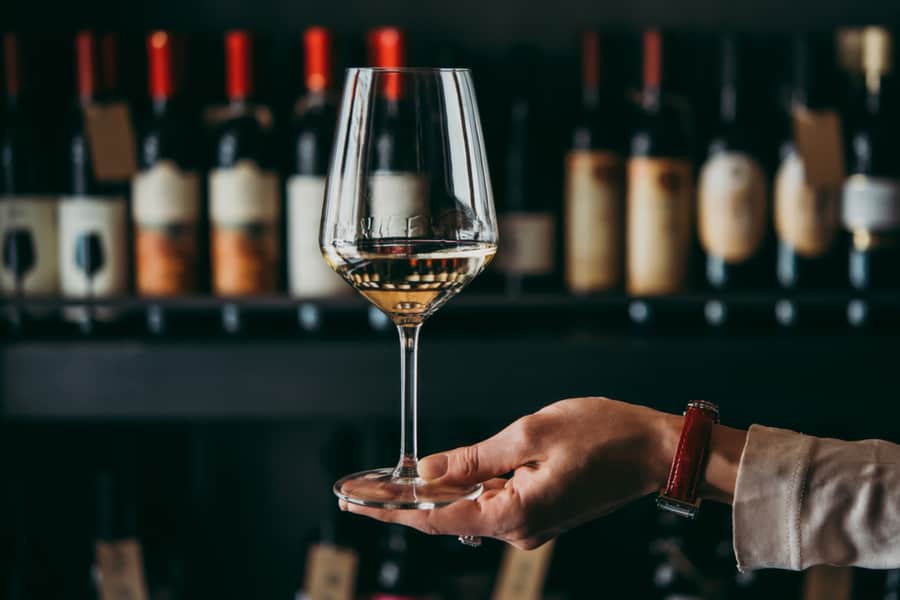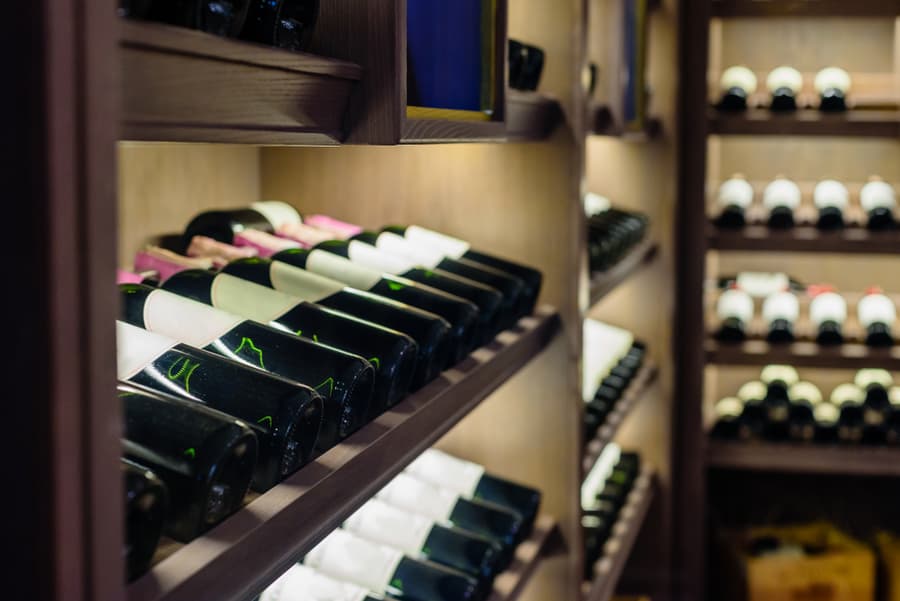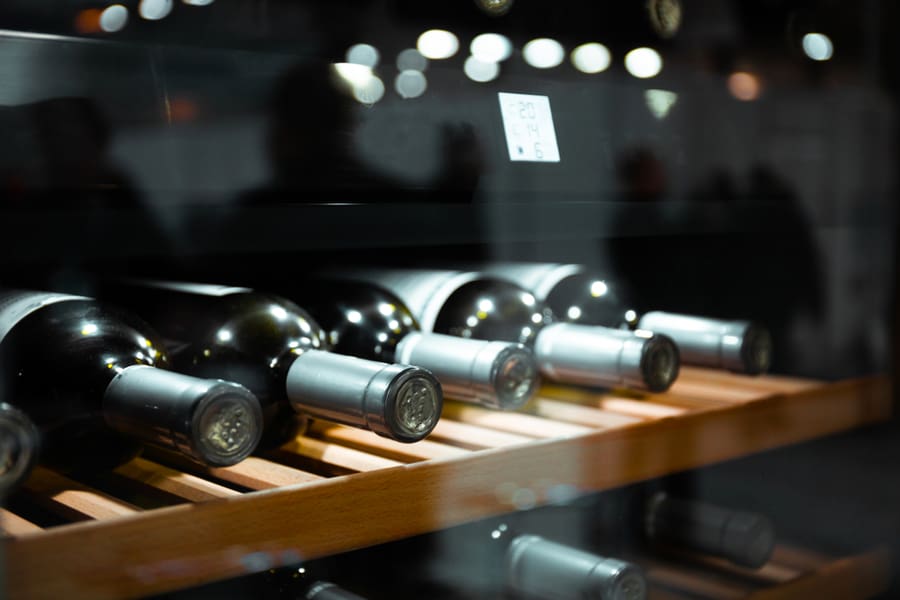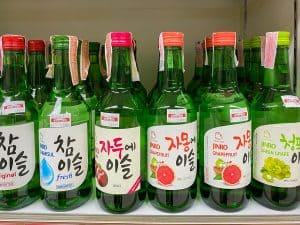
Dining out is a luxury and privilege; many like to indulge in it occasionally. You go down the menu. The food looks delicious, and you know you won’t pay the same for a burger versus a tomahawk steak—that’s a fact of life.
The waiter also handed you a wine list. Holy moly! The price of some bottles of wine is more than your monthly mortgage!
What’s going on? Why is wine so expensive at restaurants!?
Restaurants are businesses, so they need to turn a profit to keep their doors open and pay their staff fair wages. Some of the reasons why wine is so expensive in restaurants include the following:
- The business model requires a markup on alcohol to stay profitable;
- Exclusive access to wines that are not generally available to the public;
- Numerous licenses and insurance mandates need to be covered;
- Restaurants usually rent their space from a landlord—the cellar or wine fridges can take up space that the restaurant could have used to seat customers.
We’ll investigate why restaurants charge the prices they do for wine. As a bonus, we’ll also discuss why some restaurants charge a corkage fee when you bring your wine to the premises (hint: they’re not just charging for pulling the cork).
Popping the Cork on Restaurant Wine Prices
It is no secret that ordering a bottle of your favorite wine at the restaurant may cost twice or even three times what you usually pay at your local wine shop.
But why? Are they trying to scare customers away? Are they trying to make a quick buck out of unsuspecting customers?
The answer to these questions is, no, they are certainly not. So, let’s investigate.
1. It Is a Business Model

For a restaurant to stay in business and ultimately serve guests and keep up its standards, they need to make a profit.
There are numerous things a restaurant owner has to worry about: utility bills, insurance, rent and mortgages, the cost of beverages and ingredients, and paying their staff a good wage. Therefore, every item needs to be marked up to cover its cost and generate a profit.
Why did you choose a specific restaurant for a date or entertain potential clients? The quality of the service, food, and beverages were probably your criteria when choosing a restaurant, right? Or maybe it was their extensive wine list with interesting and rare wines.
Restaurant owners cannot mark up their food too much because customers flock to their competitors. However, adding the markup to alcoholic beverages such as cocktails and wine helps them to increase their revenue and profits.
Your bottle of wine might seem excessive because you can buy the same bottle for half the price. However, remember all the components that went into providing you with excellent service, ambiance, and the overall luxury of the dining experience.
A glass (or bottle) of expertly stored and recommended wine for your meal elevates the whole dining experience. A highly trained sommelier at a restaurant does not come cheap either but can help you make excellent wine choices.
They will need to earn a salary, so your bottle of wine helps to cover their salary.
2. Exclusive Products

Restaurants often have exclusive first dibs on a specific winery’s vintages—meaning you get excellent wines you probably would not have encountered elsewhere in the regular market.
In addition, in many situations, restaurants are granted special access to older vintages or exclusive ones you’d probably never find in the retail chain.
A case in point: Domaine de la Romanée-Conti, or DRC, only produces 5,000 bottles of wine annually. Furthermore, they cannot expand their vineyards, and maximum yield rules are in place.
The wines are sold on an allocation system. Often, old distribution agreements are in place, which prescribe which distributors can access these exclusively sparse quantities. Only the world’s top restaurants can buy individual bottles of wine if they are lucky enough.
To put it in perspective: a bottle of 2019 wine will set you back $26,500 for one bottle at Thatcher’s Wine. Imagine the markup on that bottle of wine!
But not all bottles of wine are so expensive. Restaurants are lovely places to explore wines you’ve never heard of, and the expert sommelier is also there to guide you. The difficulty of ordering wine in a restaurant is knowing when you’re getting ripped off or what’s a good deal.
Spend some time with the sommelier and the wine list, and you can be pleasantly surprised to discover a new favorite.
3. Legal Aspects of Operating a Restaurant

This might be the last thing most of us think about, but a restaurant comes with liabilities. Let’s unpack some of the factors that need to be addressed by restaurant owners:
- Liquor licenses need to be up to date: without a liquor license, a restaurant cannot operate legally. It can incur huge fines or even be shut down completely. In 28 states, the license needs to be renewed annually.
- Insurance costs: many times, restaurants have expensive equipment that needs to be insured. For example, if a fridge breaks down, they risk losing all their fresh products, or patrons can become sick due to food poisoning. The property also needs to be insured for fire and water damage. If you’ve ever had a burst pipe in your house, you know it can quickly become an expensive exercise to have it repaired.
- Liability insurance: is another expense restaurant owners have to contend with as well. If someone gets hurt on their premises, they’ll need to compensate them accordingly.
- Federal and state taxes: are also levied on alcoholic beverages; when you order an alcoholic beverage like wine at a restaurant, an alcoholic beverage tax is imposed.
4. Storage Costs

We all know that wine must be stored under the right conditions to prevent it from getting rancid. A cellar might not consume extra electricity, but the bottles still need to be away from sunlight and heat sources at the proper temperature at the right angle.
A wine refrigerator must always be up and running, even when the restaurant isn’t open, driving their utility bill up.
Many restaurants rent their properties from commercial landlords, and such retail spaces usually come at a premium. Landlords may even take a percentage of the restaurant’s turnover in addition to their rent.
A simple 10-square-foot cellar can easily cost $350 per month if the restaurant is charged $35 per square foot of retail space. This cost needs to be made up because it is not a ‘profitable’ space in the restaurant.
The restaurant can recover these expenses by marking up the cost of the wine and food.
What About Corkage Fees?

We’ve all encountered the corkage fees when we take our bottles of wine to the restaurant. But why do they charge a corkage fee?
- They charge this fee to make up for the revenue they lose when you bring your bottle of wine.
- Accommodating your bottle of wine by providing ice buckets, the correct glasses for serving your wine, disposing of your bottle(s), and their staff’s expertise in recommending meals to complement your wine.
- Their investment in their staff to keep their knowledge up to date, curating their wine list, and having a sommelier on their staff.
As you can see, the corkage fee is more than just pulling the cork and serving your wine. Many restaurants charge between $10 and $40 per bottle of wine.
In comparison, the cost can quickly go up to $100 depending on the type of restaurant you’re visiting. You can learn more about the finer details and etiquette of corkage fees here.
Conclusion
We hope this will help you understand why restaurants levy the charges they do on wine. Remember that dining out is an experience, and the restaurant delivers high-quality service with trained staff and sommeliers.
Imagine if your favorite restaurant did not add a markup to their wine. They wouldn’t be able to stay open for long because there won’t be any profits.
Restaurants also offer you the opportunity to experience wines you wouldn’t usually find in the shops because they have exclusive arrangements within their network of suppliers and wineries.









